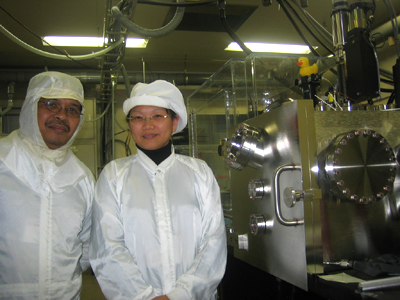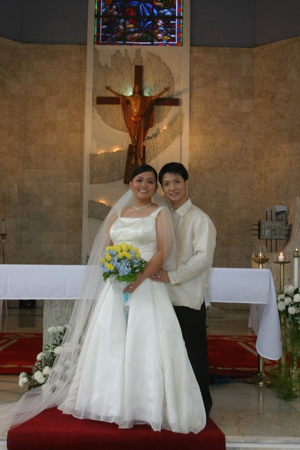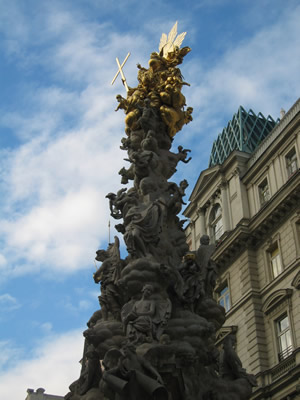In the media, doctors in the philippines are making headlines due to their mass exodus to work abroad as nurses. In this particular article which I read in the Inquirer, a top surgeon who was making P100,000 a month still saw it difficult to stay in the country and decided to work abroad as a nurse. Sorry, but I don’t believe the pathetic BS about his decision not being about the money. It is always about the money. Why even bother to mention the amount, anyway? $4,000 a month is a lot if you convert that amount to pesos. But if you live in the States, you will spend dollars – like everyone else. It’s the standard of living in the country and one’s personal lifestyle that dictates how much one can save.
Can’t say I blame the doctors at the lower end of the food chain, so to speak, for wanting a higher pay and better life for themselves and their loved ones. But what’s this so-called “top” surgeon who’s earning 100k a month, and still wanting to leave? I don’t get it. Why is it that inspite of the unique opportunity to serve his countrymen, to become great by making the ultimate sacrifice of forsaking his dreams in order to serve his countrymen, the lure of the great American dream ultimately proved to be too strong to resist? I can almost understand if he were to move elsewhere in order to improve his status, like to be the best surgeon in the best hospital in the world. But to be a nurse? No offense to our great Filipino nurses, but for a top-rate surgeon to give up his status in the country, and to take on a job which he is clearly overqualified for is evidence of how low our morales have sunk. Where is the striving for greatness? Is this the kind of legacy we would like to leave to our children and our future?
When I was about to graduate from high school, I had to make the critical decision of what course to take. My family was not rich, and if there was any straightforward way that I could help alleviate our condition, it was to take a course that would ensure the biggest economic gains after graduation. Back in the latter part of 80’s, the high demand for nurses abroad was already in full swing. And indeed, most of my female classmates eventually took up nursing, a fact that to me now is really ironic, given that we were educated in science-based curriculum. Of course I do not know their personal circumstances, like if they were pressured by their parents or peers. What I do know is that I myself had been through a similar kind of pressure. I was strongly advised to take up nursing, or even physical therapy or medical technology. I knew that if I did so, I would be ensured of a high-paying job, however not in the Philippines, but abroad. But deep inside I knew in my heart that I had to strive higher, to dream, to aspire for greater things. I knew in my heart that money could only get me so far, and even if in the eyes of my family I would be great because of my economic contribution, I would be denying myself the opportunity of harnessing my fullest potential. I knew from the start that I wanted to be involved in the sciences. I decided to take up Physics, although at that time I thought that the most I could be was to be a teacher or lecturer in a university after I got my degree. I didn’t know that it would actually be my stepping stone for a lot of other things that happened in my life. Fortunately, although my Dad could barely comprehend this obscure subject, he was all-out support for me. He trusted my judgement. He could barely put me through college, but not once had he told me that money was to be my ultimate goal for my education.
As my favorite columnist, Conrado Dequiros, once wrote: “…the role of education is to educate.” It is to expose our fertile minds to the rich, vast knowledge that has been accumulated by man since the dawn of time. It gives us a chance to stand upon the shoulders of the great thinkers of our time and look out toward the infinite possibilities ahead.
And most of all, it gives us a chance to conquer mediocrity and strive for greatness.






